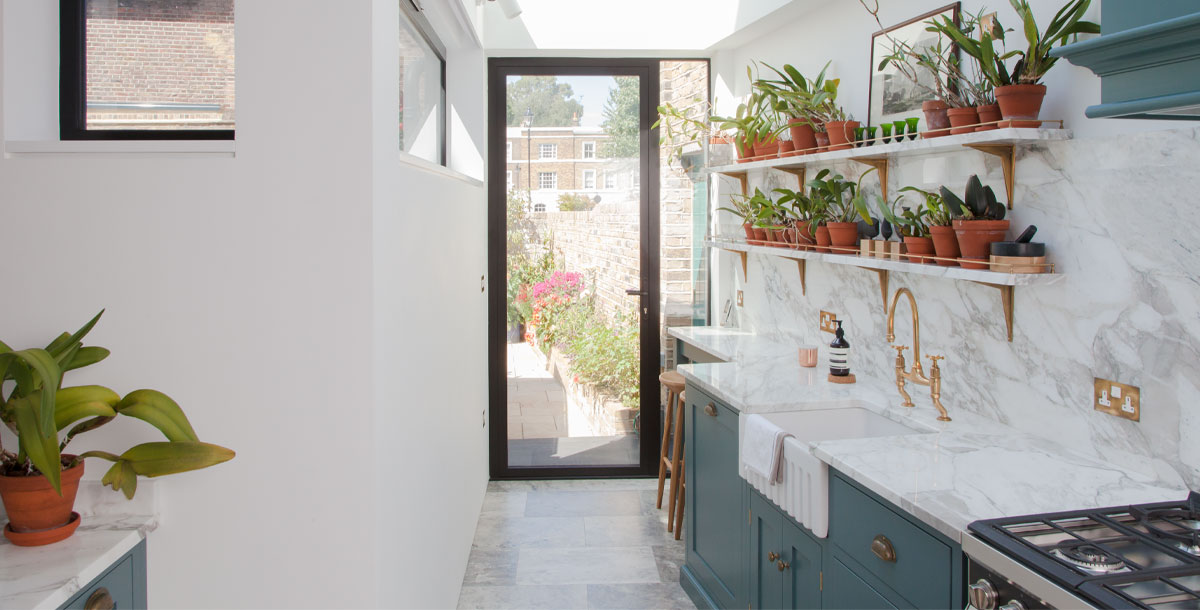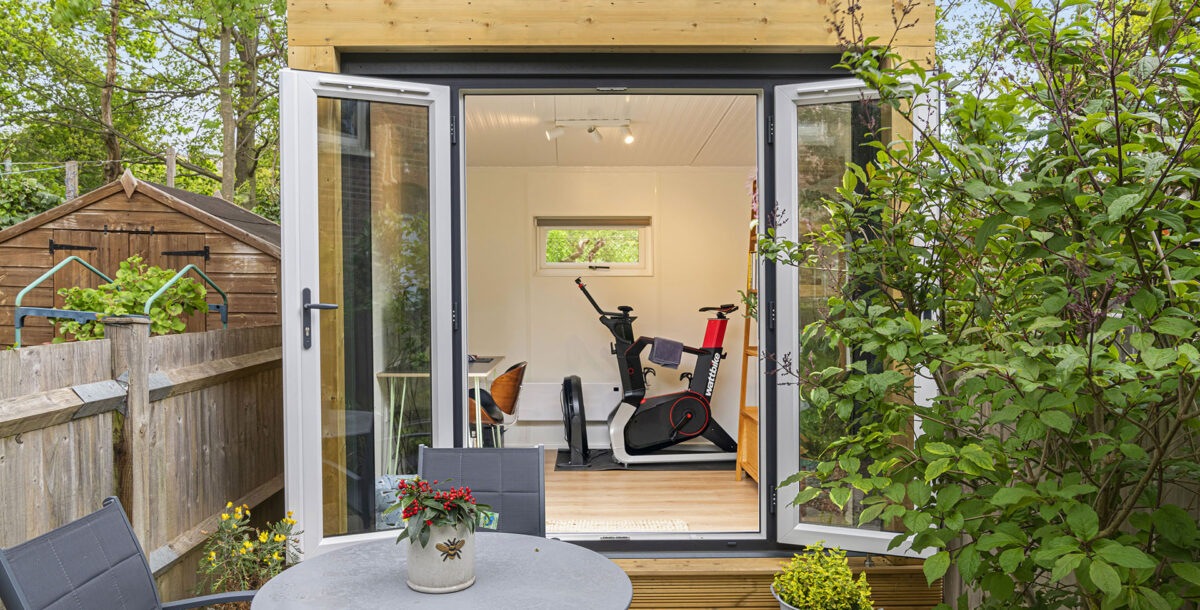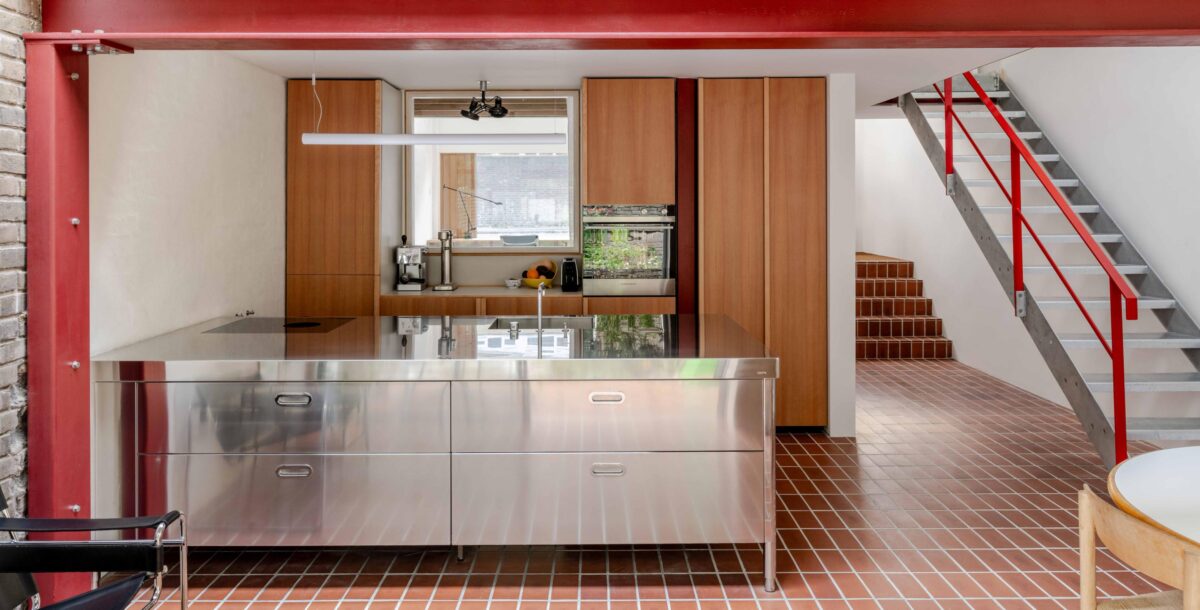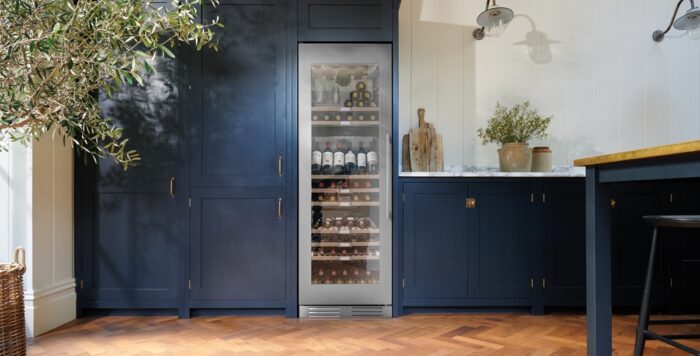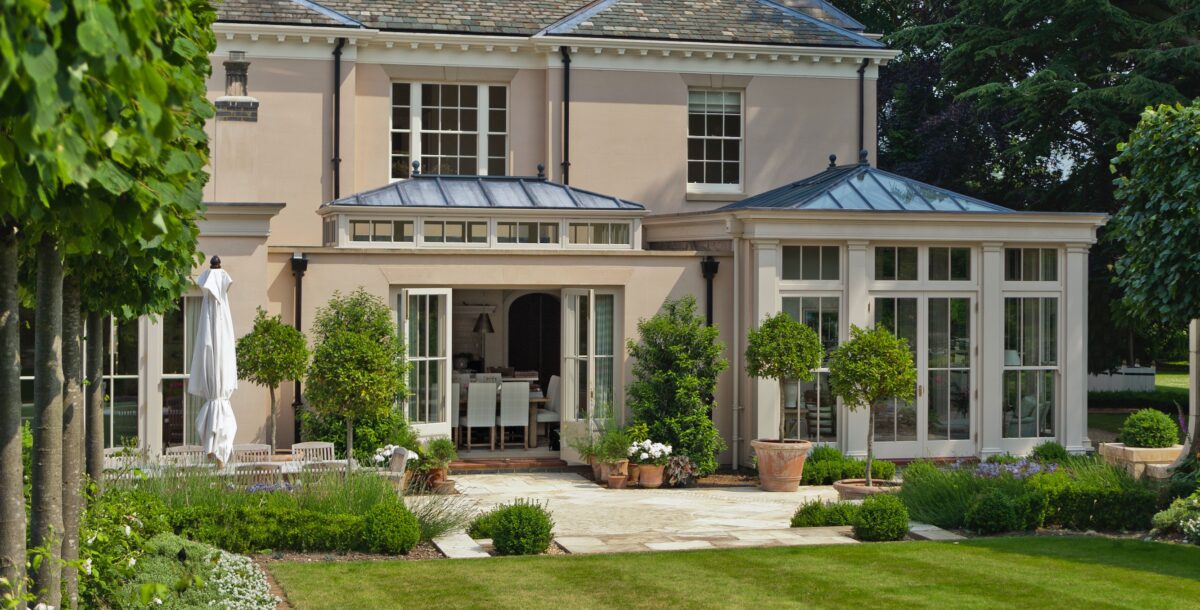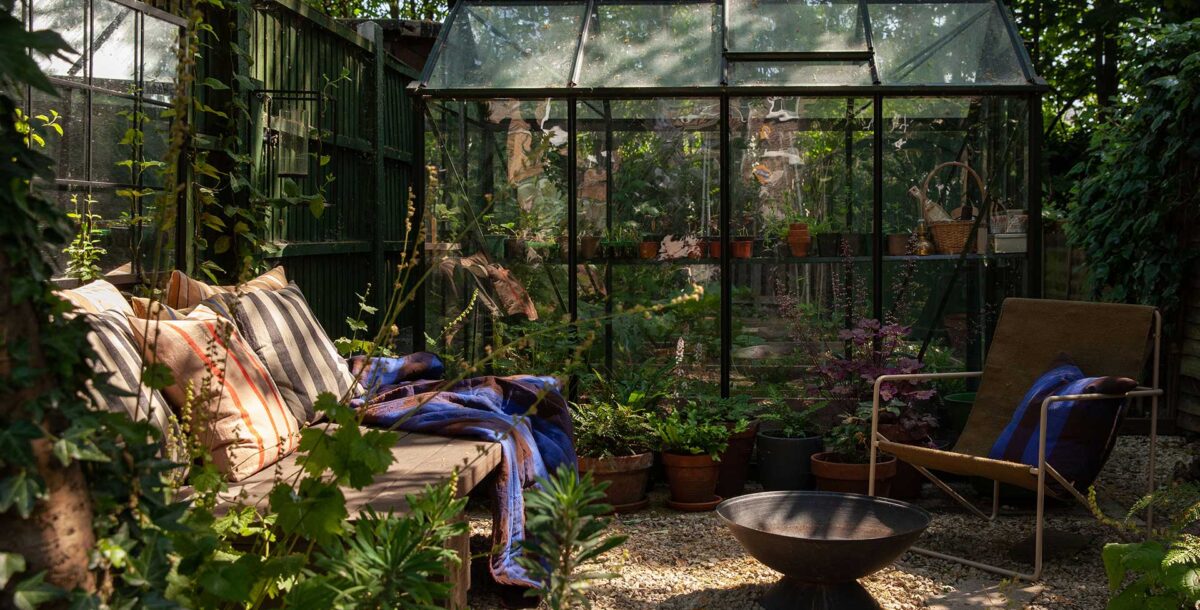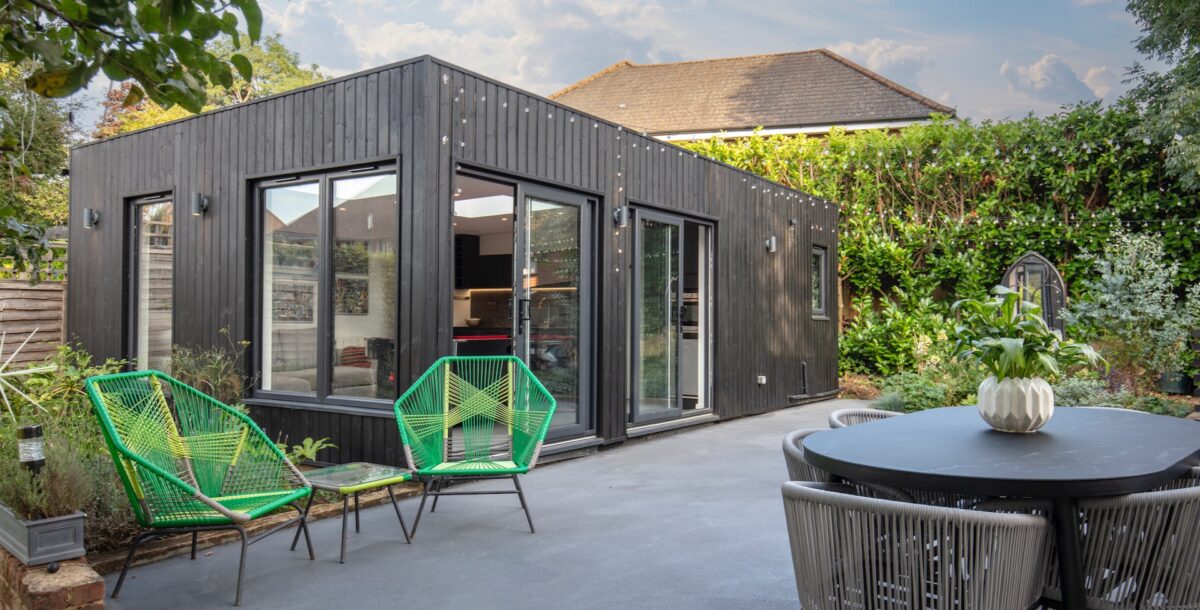Side-return extensions: the ultimate guide
Expert advice on adding a side-return extension to your home, including tips on keeping costs down
Too narrow for a proper garden, too overshadowed for a patio, a side-return extension might be better used for extra living space. This is especially useful for a house with a deep, thin layout, where increasing the size of your home by using the full width of its plot is a winning strategy.
‘Not only can side return extensions create full-width space, but there are also opportunities to reconfigure the layout of the house, to flip rooms around, change the circulation or add a utility, WC or dining area,’ says Alex Raher, director of Delve Architects.
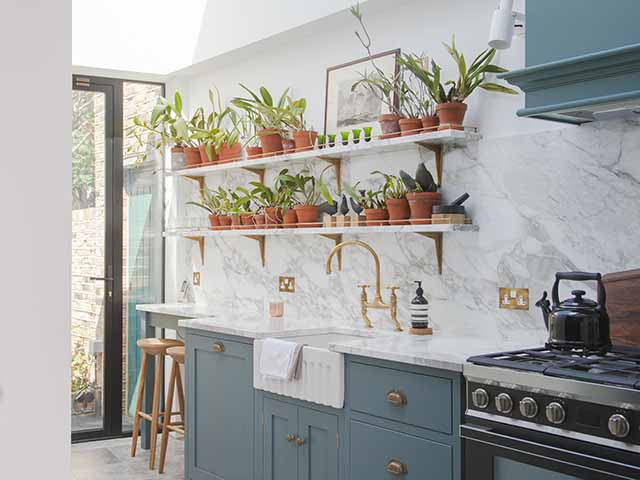
George & James Architects’ split-level kitchen in a Georgian house. Photo: Megan Taylor
Do side return extensions need planning permission?
In many instances, this type of extension may not require planning permission. ‘Under permitted development [PD] you can extend 6m from the rear of a terraced house, or 8m for a detached house. This is from the rear wall of the main part of the house. Not the back of the outrigger – the original portion of the house that extends at the rear,’ says Alex.
This would allow for the side-return extension of a typical Victorian terraced house. ‘To comply with PD rules, if you’re closer than 2m from the neighbour’s boundary, the eaves will need to be under 3m to gain permission. The maximum height of the extension needs to be less than 4m to comply,’ he explains. You’ll also need a party wall agreement with your neighbours.
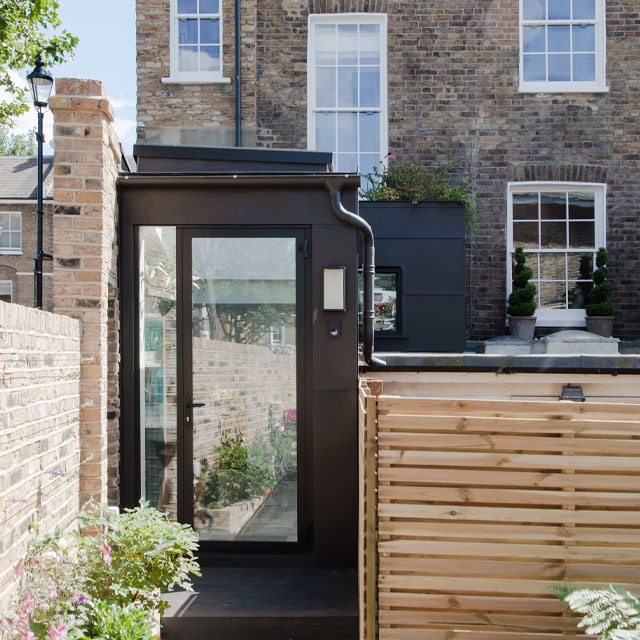
George & James’ extension runs along the wall between the garden and street. Photo: Megan Taylor
Is there a way to extend further?
If you can push out at the back as well as the side of the house, you’ll gain even more space. ‘A stepped extension, coming out 6m from the original rear wall of the house, to include the side infill and rear extension, can be done under PD,’ says Alex. But a full wraparound extension requires planning permission. ‘It is worth speaking to the local council before submitting as some have policies against wraparounds,’ he says.
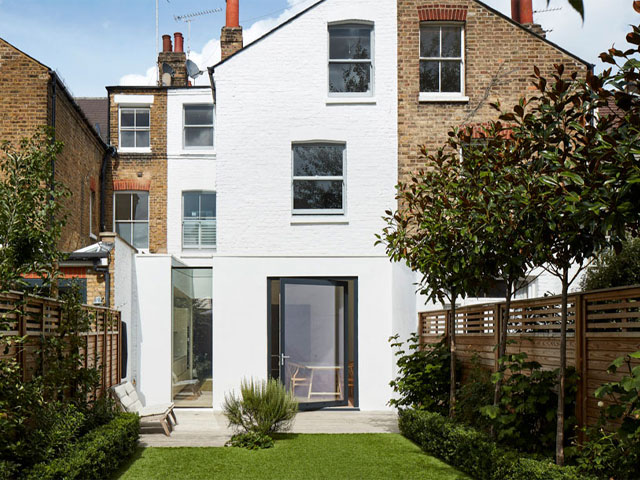
Cox Architects replaced a side return extension with a bigger version including a glazed slot window. Photo: Matt Clayton
Which materials work best for a side return?
Though masonry is a tried-and-trusted option, consider other possibilities such as timber frame and SIPs (structurally insulated panels), which are fast to build with. Once the structure is up, it can be clad in brick, rendered, or you could opt for metal or timber. Some local authorities restrict what can be used while others welcome an innovative approach. ‘Under PD rights only materials that are similar to or the same as those on the original house can be used,’ Alex explains.
For a terraced home often the only access for building materials is through the house, which can have a knock-on effect on what can be included. As a last resort large items can be craned over.
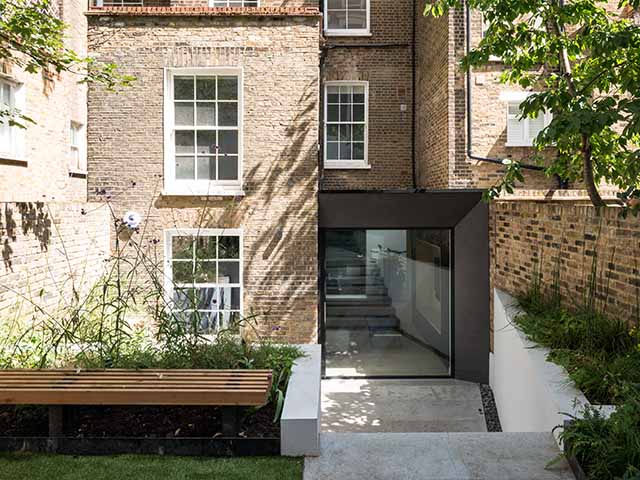
Yard Architects extended and reconfigured a dark basement flat to bringing in lots of light. Photo: French & Tye
How will the side return get natural light?
Side-return extensions can be lit from above by a fully glazed structural glass roof, a flat roof with flat skylights inserted or a pitched roof with rooflights. ‘We recently completed a fully glazed one with sandblasted glass to avoid a view of the neighbours’ drainpipes,’ says Steve Cox of Cox Architects.
The skylight of a side return has an important role as the main provider of light into the rear room of the house, which usually loses its garden-facing window when the side return is added. ‘One way around this is to include a small courtyard. This can be a functional solution for a bigger house,’ says Steve.
How much does a side return extension cost?
According to Design for Me, a service that matches homeowners with architects, building costs in London can be anywhere between £3,000 and £5,000 per sqm excluding professional fees and VAT. Outside London, they can vary from around £2,000 to £4,000. This does not include a new kitchen or other internal renovations.
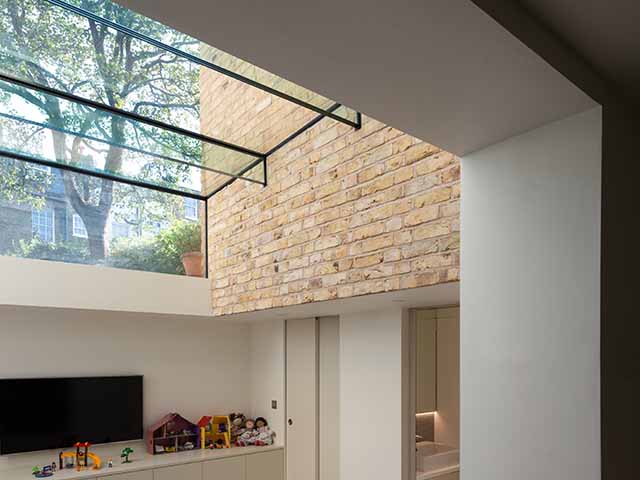
Paul Archer Design filled a townhouse lightwell with a playroom extension
Top tips to keep costs in check
Advice from Simon Drayson, director of George & James Architects to keep your project on budget
- Always try to work with your site’s strengths rather than against its weaknesses. Constraints such as size are often a starting point for the creative process.
- When choosing your construction method, keep in mind which materials your builder is most familiar with. Timber frames are less expensive, less time-consuming to build and more sustainable than traditional construction techniques – a triple win.
- If you have the time and are confident doing so, you can save money by managing subcontractors yourself. That said, the quality can suffer and the build can end up taking longer. Hiring a trusted main contractor alongside an architect is another way of controlling build costs.
- The golden rule for keeping costs in check is not to change your mind on the design once the building contract has been signed, at least not without discussing it with your architect or builder first. Always set aside a contingency of at least 10 per cent.
- Glazing is an area where shopping around pays dividends. Some of the mainstream suppliers are beginning to offer more niche products at competitive prices. It’s worth considering alternatives to metal frames such as timber or uPVC.
- For cladding, rather than use standing seam copper or zinc, consider corrugated steel instead. Softwood is less expensive than hardwood at the outset, but needs more maintenance and has a shorter lifespan. Whatever cladding you use, just be sure to do so in a creative way.

